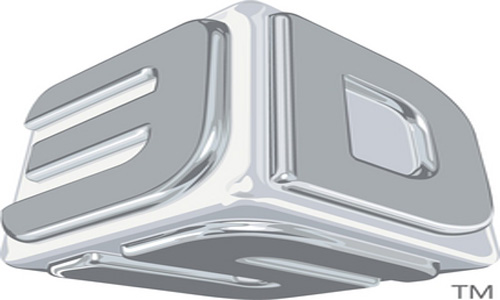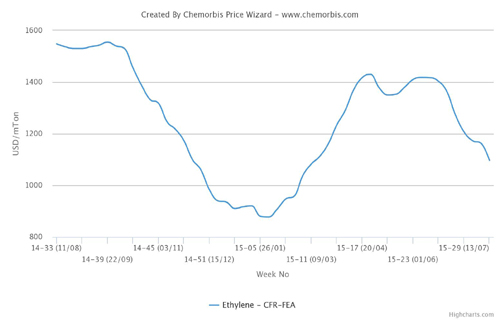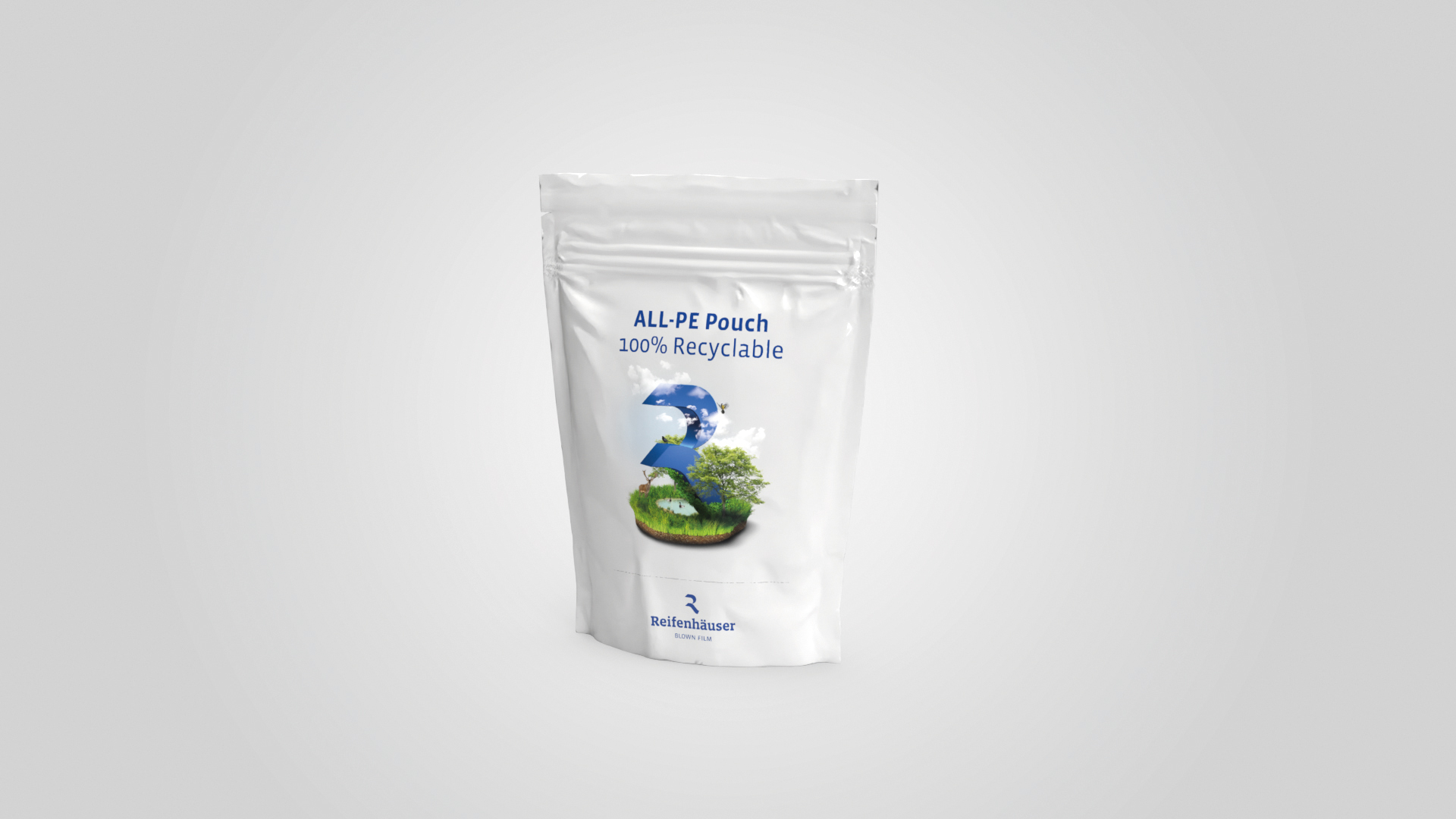From novelty figurines, Dita Von Teese posing in a 3D printed dress to the world going into meltdown over a 3D printed firearm, some people have shied away from 3D printing claiming it to be nothing more than a fad. Spring forward to 2014, we now have 3D printed prosthetics, food products, car parts, it’s even headed to space and by 2019, 3D printing plastic sales are set to be worth a massive $1.4 billion.

According to a report by industry analysts SmarTech Markets Publishing, the market for polymers used in 3D printing is said to grow considerably over the next five years. The market has already reached $310 million and the report suggests this will only grow as the user base continues to expand and the margin opportunity for materials companies and manufacturers looks all the more promising.
The report highlights key players in the 3D-printed polymer market including huge names such as, 3D Systems, Stratasys , EnvisionTEC, Makerbot, DSM Somos and many more.
It provides ten year forecasts for key plastics materials used in 3D printing including, ABS, PLA, PC, PP resins, nylon, acrylate resins and thermoplastics. From this it claims that the biggest opportunities and the highest revenue will be found in developing more robust ABS and PLA materials for hobbyists, whilst polymer powders and durable polymers such as nylon, will make up a considerable amount of the market over the next decade.
It was reported that in terms of weight, ABS, PLA and nylon will continue to account for the biggest share of the 3D-printed materials market and account for more than 13,000 metric tons in 2019.
However, despite the growing interest and undeniable potential with 3D printing, the demand for material will not increase sales significantly enough if manufacturers continue to sell through large batch sizes. The report suggests that materials such as resins that can be produced economically in smaller batches will prove more valuable to the market. Evonik has already acknowledged this trend by producing its 12 nylon powders in large batches that are stored in inventory until they are used up.
At present, the materials supply chain is controlled by equipment manufacturers leaving little room for opportunity for large materials companies. Due to this we are currently seeing a rise in the number of materials companies partnering with smaller equipment companies to develop their own 3D printing hardware in order to remain key players in the market.








